Abundance: plentiful
What: young leaves and shoots, roots
How: raw or cooked, roots roasted for coffee
Where: disturbed areas
When: winter/spring/fall
Nutritional Value: minerals and antioxidants
Other uses: After flower stalks have appeared mashed leaves can be used to soothe insect bites/stings.
Medicinal Summary:
Leaves - cough suppressant; fever reducer; mild appetite stimulant (tisane, tincture)
Japanese Hawkweed.
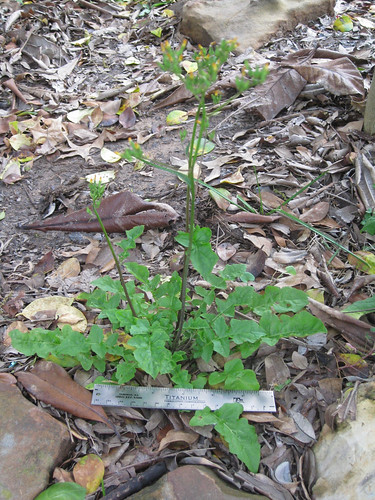
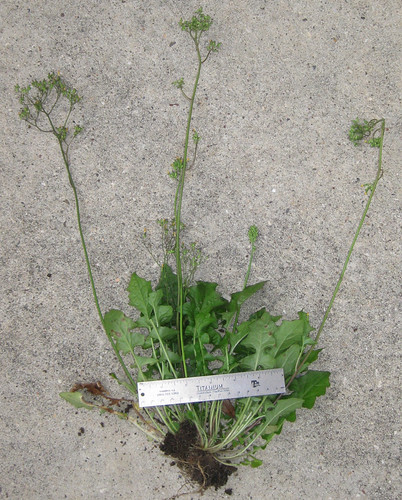
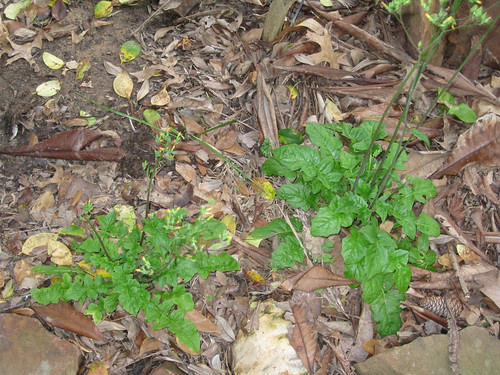
Japanese Hawkweed flowers are quite small and grow in clusters.

Close-up of flowers.
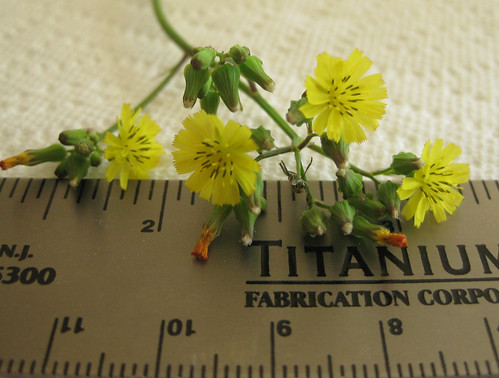
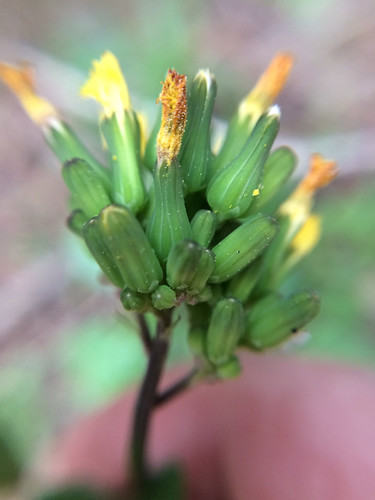
Japanese Hawkweed leaves.
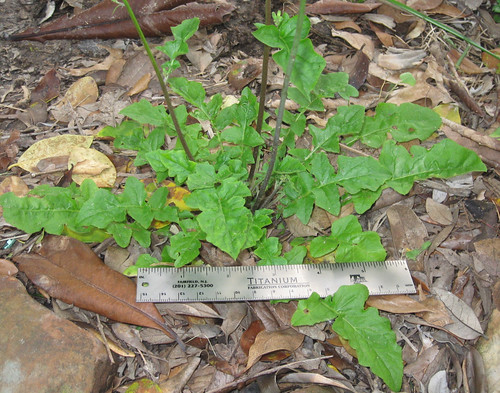
Young Japanese Hawkweed plant.
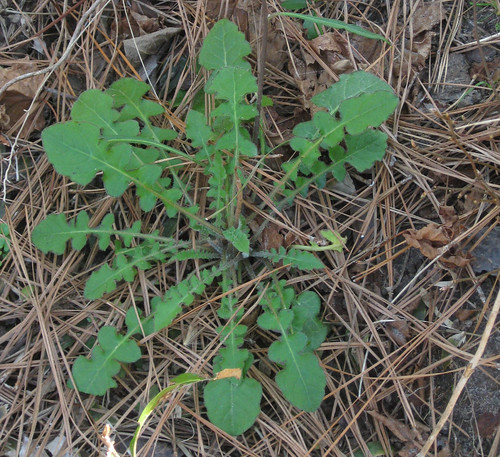
Japanese hawkweed invading a yard.
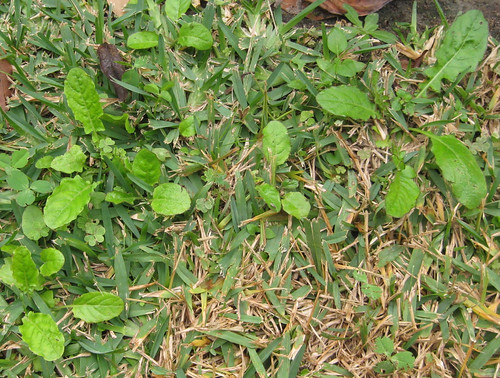
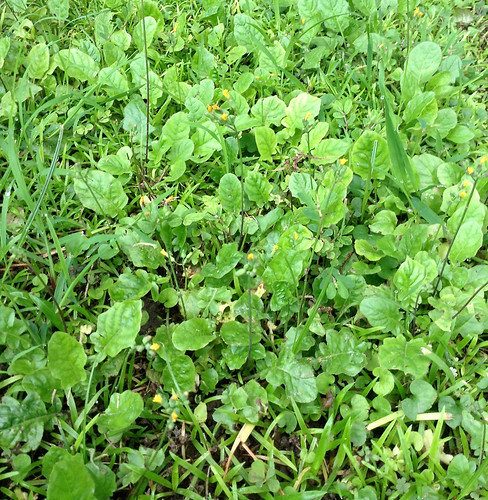
Flowering Japanese Hawkweed.
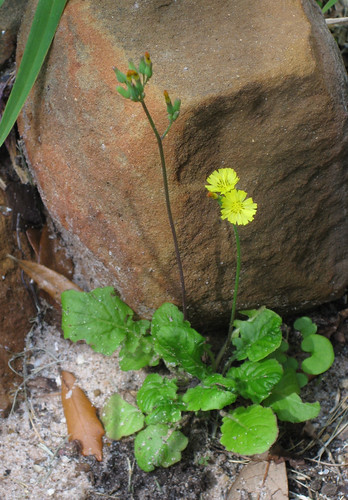
Texas distribution, attributed to U. S. Department of Agriculture. The marked counties are guidelines only. Plants may appear in other counties, especially if used in landscaping.
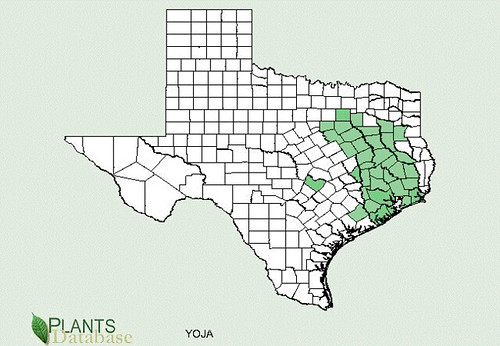
North American distribution, attributed to U. S. Department of Agriculture.
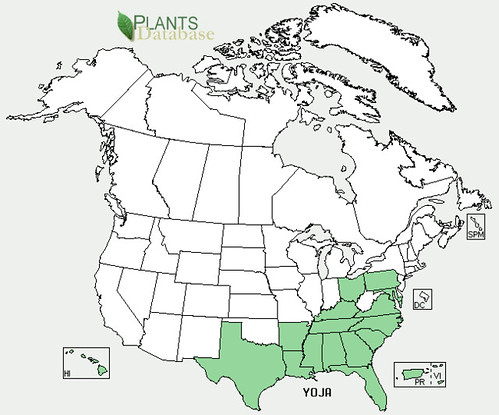
Appearing just about everywhere there is grass, Japanese hawkweed appears to be a dandelion but with clusters of tiny, yellow flowers. It is a close relative of dandelions and contains all the same beneficial nutrients. Unfortunately its flowers and roots are too small to be used like those from dandelions. On the plus side, the leaves are less bitter than most of the other members of the dandelion family.
Unlike the other dandelion-mimics, Japanese Hawkweed remains low in bitterness even after the flowers begin blooming. You can add the leaves raw to salads or treat them as described in the other tips for preparing bitter greens. The basic methods are boil, wilt with bacon grease, mix with an acidic/sour dressing, or dilute them with bland greens.
Edible Dandelion Mimics:
Dandelion
Cat's Ear
Chicory
Japanese Hawkweed
Salsify
Sow Thistle
Texas Dandelion
Wild Lettuce
Buy my book! Outdoor Adventure Guides Foraging covers 70 of North America's tastiest and easy to find wild edibles shown with the same big pictures as here on the Foraging Texas website.

